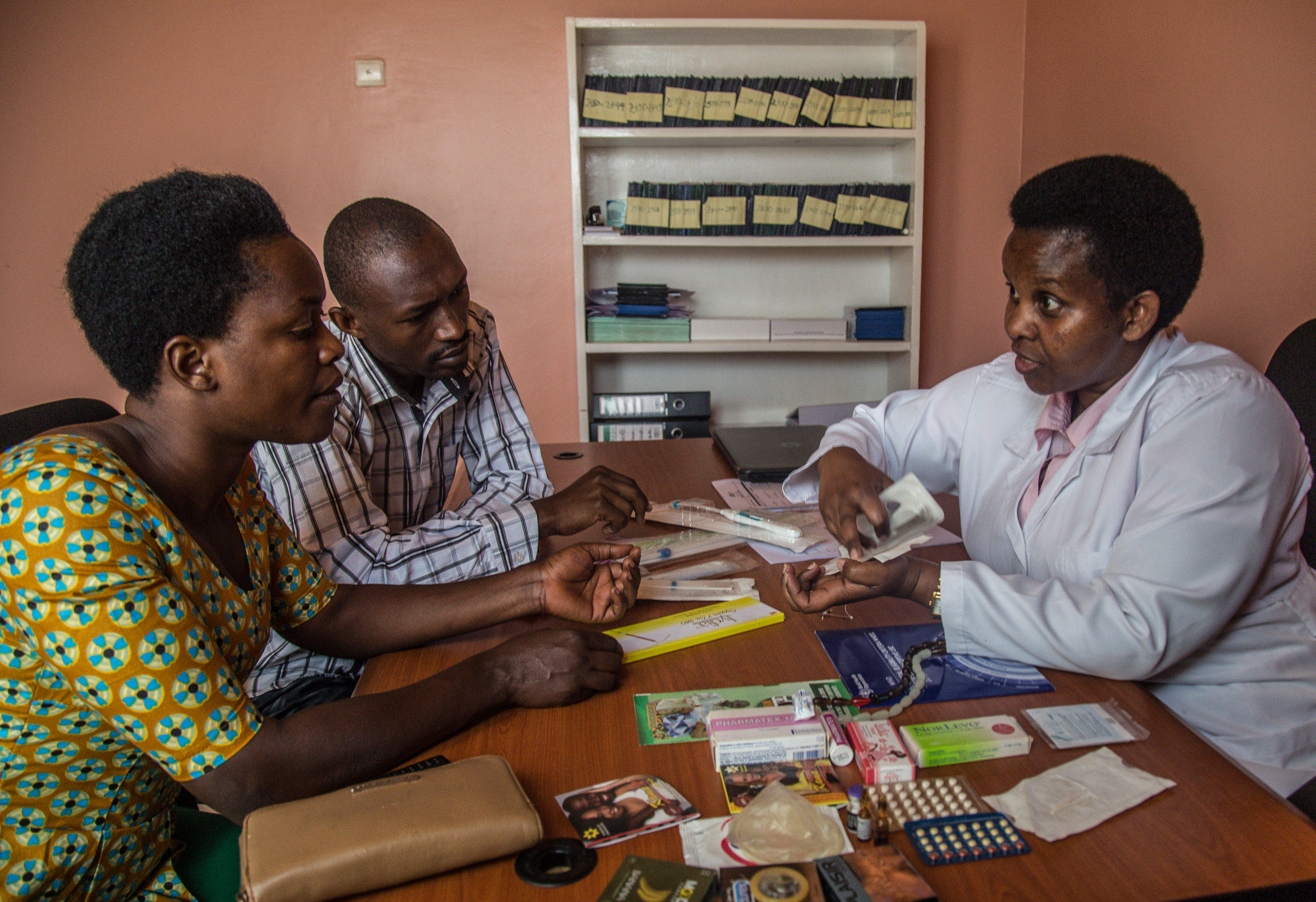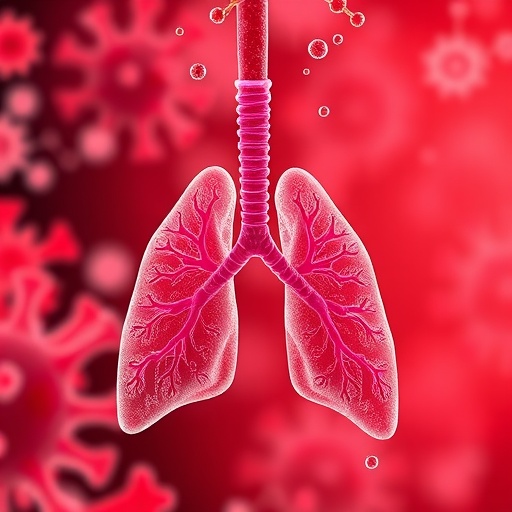Updated cornerstones of contraceptive care – World Health Organization (WHO)

Updated WHO Contraceptive Guidelines Advance Sustainable Development Goals
A report on the launch of new editions of the World Health Organization (WHO) guidelines on contraceptive use, detailing their role in promoting global health, gender equality, and sustainable development. The updated guidelines are pivotal for achieving key Sustainable Development Goals (SDGs) by ensuring access to safe, effective, and rights-based family planning.
Core Framework for Rights-Based Family Planning
For nearly three decades, two foundational WHO guidelines have supported global family planning efforts. The recent launch of updated editions by WHO and the UN’s Special Programme in Human Reproduction (HRP) marks a significant milestone in aligning reproductive health with global development targets.
Medical Eligibility Criteria for Contraceptive Use (MEC)
The 6th edition of the MEC provides evidence-based guidance for healthcare providers to determine the safety of specific contraceptive methods for individuals with pre-existing medical conditions or particular physiological statuses. This directly supports SDG 3 by ensuring patient safety and promoting well-being.
Selected Practice Recommendations for Contraceptive Use (SPR)
The 4th edition of the SPR offers guidance on the effective and safe use of contraceptive methods. Together with the MEC, it empowers policymakers and program managers to develop family planning services that are not only effective but also grounded in human rights, a cornerstone of SDG 5 and SDG 10.
Contribution to Sustainable Development Goals (SDGs)
The implementation of these guidelines is integral to the advancement of several SDGs by ensuring universal access to sexual and reproductive healthcare services.
- SDG 3: Good Health and Well-being: By providing evidence-based standards, the guidelines reduce risks associated with contraceptive use, improve maternal and child health outcomes, and save lives. They ensure that family planning services contribute positively to the overall health of individuals and communities.
- SDG 5: Gender Equality: Access to reliable and safe contraception is fundamental to empowering women and girls. The guidelines support informed choice, allowing individuals to decide if and when to become pregnant, thereby enabling greater opportunities for education, economic participation, and personal autonomy.
- SDG 10: Reduced Inequalities: The MEC and SPR serve as global standards that promote equity in healthcare. They provide a trusted foundation for public health programs to adapt to local contexts, ensuring that all individuals, regardless of their location or background, have access to high-quality contraceptive care.
Key Scientific Updates in the New Editions
The updated guidelines reflect significant scientific advancements in contraceptive care, enhancing safety and expanding options for users. Notable updates include:
- Progestogen-only injectables are now recommended as safe for immediate use after childbirth.
- Emergency contraception can be safely used more than once within the same menstrual cycle.
- Hormonal contraceptive methods are confirmed as safe for use by women taking HIV Pre-Exposure Prophylaxis (PrEP).
Global Implementation and Impact
Field Application and Testimonials
The practical impact of these tools is evident globally. Healthcare providers report increased confidence and improved client-centered care.
- In Botswana, a research nurse utilizes the MEC Wheel and App daily to reassure clients and provide the best possible care, demonstrating the tool’s utility in clinical settings.
- In the Philippines, a family planning program manager notes that the SPR transforms client counseling by clarifying not just ‘who’ can use a method, but ‘how’ to use it, thereby empowering clients with informed, evidence-based choices.
Stakeholder Roles in Guideline Adoption
Effective dissemination and impact depend on concerted action from various stakeholders:
- Policymakers: Integrate the new guidance into national health system planning, training curricula, and supervision protocols to standardize care and advance SDG targets.
- Health Workers: Utilize derivative products like the MEC Wheel, App, and the Family Planning Handbook to deliver informed, client-centered counseling.
- Academic and Professional Associations: Ensure future generations of healthcare providers are trained in evidence-based, rights-respecting contraceptive care.
Conclusion: Upholding Science and Human Rights for a Sustainable Future
In an era of widespread misinformation, the updated WHO MEC and SPR stand as vital, evidence-based resources. As noted by Julia Bunting, Director of the Programme Division at UNFPA, these tools are essential for “advancing quality, rights-based contraceptive care” and ensuring that guidance keeps pace with innovation and equity. By grounding family planning in scientific evidence and human rights, these guidelines are indispensable for achieving a future where every person can make informed decisions about their reproductive health, directly contributing to the realization of the Sustainable Development Goals.
Analysis of the Article in Relation to Sustainable Development Goals
Sustainable Development Goals (SDGs)
-
SDG 3: Good Health and Well-being
The article directly addresses SDG 3 by focusing on family planning as a critical health service. It states that family planning “saves lives, improves health outcomes,” which is the core mission of this goal. The development and dissemination of the WHO’s Medical Eligibility Criteria for Contraceptive Use (MEC) and Selected Practice Recommendations for Contraceptive Use (SPR) are aimed at making contraceptive care “safer, more consistent and more responsive to people’s real needs,” contributing to overall health and well-being.
-
SDG 5: Gender Equality
The article connects to SDG 5 by highlighting how family planning and access to contraceptive information empower individuals, particularly women, to have control over their reproductive lives. The text emphasizes that these services “empowers people to decide if and when to become pregnant.” This autonomy is a fundamental aspect of gender equality. The focus on “rights-based contraceptive care” and ensuring that “every woman, man and young person has the right to make informed choices” directly supports the empowerment of women and girls.
-
SDG 17: Partnerships for the Goals
The article showcases the importance of partnerships in achieving global health objectives. The launch of the updated guidelines was a collaborative effort between the World Health Organization (WHO) and the UN’s Special Programme in Human Reproduction (HRP). Furthermore, the article includes endorsements and perspectives from other major organizations like FIGO (International Federation of Gynecology and Obstetrics) and UNFPA (United Nations Population Fund), demonstrating a multi-stakeholder partnership working to “mobilize and share knowledge” and expertise to advance reproductive health globally.
Specific SDG Targets
-
Target 3.7: Universal access to sexual and reproductive health-care services
This target aims to “ensure universal access to sexual and reproductive health-care services, including for family planning, information and education.” The article is entirely focused on this target. The MEC and SPR guidelines are described as the “foundation of this work” and are designed to guide “policymakers and program managers in ensuring that contraception is safe, effective, and rights-based.” The mention of derivative products like the MEC Wheel and App being used in countries like Botswana and the Philippines demonstrates the practical application of tools designed to improve access to quality family planning services and information.
-
Target 5.6: Universal access to sexual and reproductive health and reproductive rights
This target is to “ensure universal access to sexual and reproductive health and reproductive rights.” The article strongly supports this by emphasizing a rights-based approach. The UNFPA representative is quoted as saying the updated tools reaffirm that “every woman, man and young person has the right to make informed choices about their reproductive health.” The guidelines are presented as instruments for “advancing quality, rights-based contraceptive care,” which is the essence of Target 5.6.
-
Target 17.16: Enhance the global partnership for sustainable development
This target focuses on enhancing “the global partnership for sustainable development, complemented by multi-stakeholder partnerships that mobilize and share knowledge, expertise, technology and financial resources.” The article exemplifies this through the collaboration between WHO and HRP in developing the guidelines. The launch at the “seventh International Conference on Family Planning” and the involvement of organizations like FIGO and UNFPA illustrate a global, multi-stakeholder partnership sharing knowledge (the updated guidelines) to achieve a common health goal.
Indicators for Measuring Progress
-
Indicator 3.7.1: Proportion of women of reproductive age who have their need for family planning satisfied with modern methods
While the article does not provide specific data, it implies this indicator is a key measure of success. The entire purpose of the updated MEC and SPR guidelines is to improve the quality, safety, and accessibility of contraceptive care. By providing health workers with “evidence-based clinical care” and tools that make “counseling clearer, more confident, and client centered,” the initiative aims to increase the effective use of contraceptive methods, thereby helping more people satisfy their need for family planning.
-
Indicator 5.6.1: Proportion of women aged 15-49 years who make their own informed decisions regarding sexual relations, contraceptive use and reproductive health care
The article heavily implies this indicator through its repeated emphasis on informed choice. The goal is to create a future where “every person can confidently make informed decisions to fulfil their fertility intentions.” The testimony from a program manager in the Philippines highlights how the guidelines help her “focus more on empowering clients through informed, evidence-based choices.” This directly relates to measuring the ability of individuals to make their own informed decisions about their reproductive health.
-
Indicator 5.6.2: Number of countries with laws and regulations that guarantee full and equal access to women and men… to sexual and reproductive health care, information and education
The article suggests a pathway to achieving this indicator by stating that “Policymakers can integrate the new guidance into training, supervision, and health system planning.” The adoption of these WHO recommendations into national guidelines and health system plans is a tangible step that countries can take to formalize and guarantee access to high-quality, rights-based contraceptive care, which this indicator aims to track.
Summary of Findings
| SDGs | Targets | Indicators |
|---|---|---|
| SDG 3: Good Health and Well-being | Target 3.7: By 2030, ensure universal access to sexual and reproductive health-care services, including for family planning, information and education, and the integration of reproductive health into national strategies and programmes. | Indicator 3.7.1 (Implied): The article’s focus on improving contraceptive care to be safer and more effective directly aims to increase the proportion of people whose need for family planning is satisfied with modern methods. |
| SDG 5: Gender Equality | Target 5.6: Ensure universal access to sexual and reproductive health and reproductive rights. | Indicator 5.6.1 (Implied): The emphasis on “informed choices,” “client-centred counselling,” and the “right to make informed choices” directly relates to measuring the proportion of women who make their own decisions regarding contraceptive use. |
| SDG 17: Partnerships for the Goals | Target 17.16: Enhance the global partnership for sustainable development, complemented by multi-stakeholder partnerships that mobilize and share knowledge and expertise. | Indicator 5.6.2 (Implied): The call for policymakers to “integrate the new guidance into… health system planning” points toward the development of national regulations that guarantee access to reproductive health care. |
Source: who.int
What is Your Reaction?
 Like
0
Like
0
 Dislike
0
Dislike
0
 Love
0
Love
0
 Funny
0
Funny
0
 Angry
0
Angry
0
 Sad
0
Sad
0
 Wow
0
Wow
0



















































.jpg.webp?itok=0ZsAnae9#)

























